Although it is neither common nor prominent among the trees along the H-track, the yellowheart (Fagraea fagraeacea) is both unmistakeble and unforgettable once it starts dropping its ripe fruit.
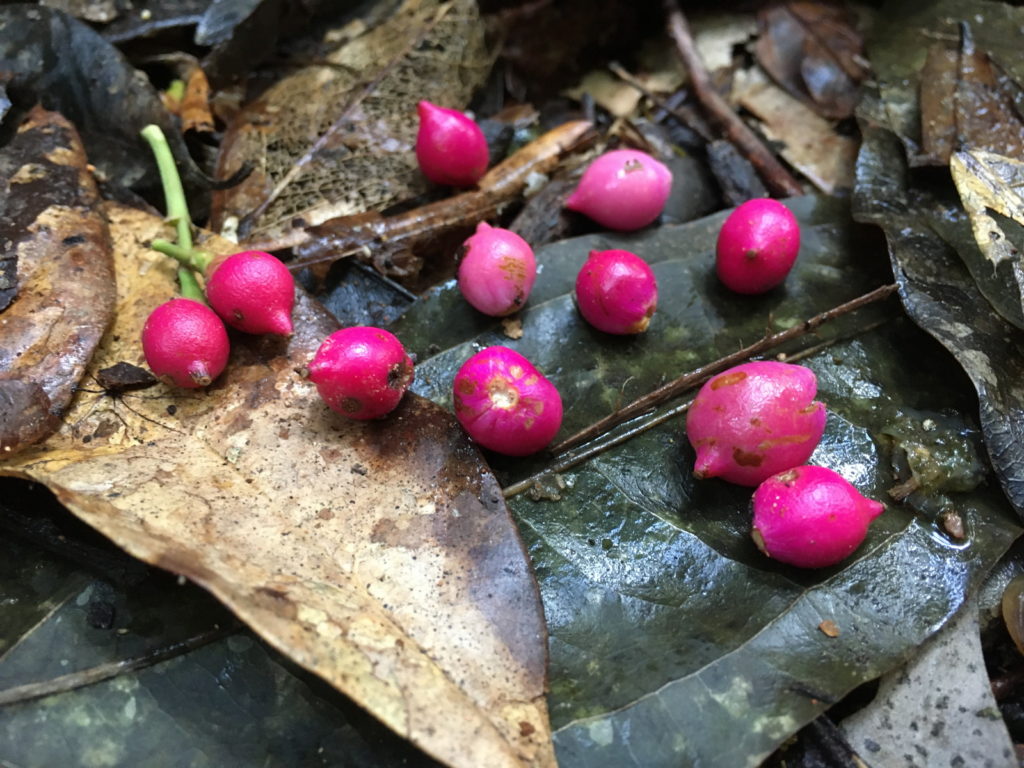
The yellowheart grows as a shrub to small tree (5-20m) and is endemic to higher altitude (300-1250m) rainforests in NE Queensland. As a tree it has flakey to fibrous bark with a yellowish inner bark when exposed by a blaze.
The leaves are elliptical to ovate and 5-10cm long. The flowers are cream coloured and can be highly perfumed.
and flowers (photo by John Elliot on Flickr)
The genus Fagraea includes about 60 species in the Family Gentianaceae. Although there are no readily accessible (i.e. Googleable) details on any human use for this species, the yellowheart was once considered to be a part of a single, variable species (F. gracilipes) which occurs in New Guinea, the Solomon Islands and Fiji. F. gracilipes is known to produce durable, workable wood that has been used for canoes, posts and housing. The latex sap from this and several other members of the genus is used as an adhesive.
There is a solitary small tree on the H-track about 100m before the main creek crossing (walking from Lennox Cr) that, for several years, has dropped its brilliant lipstick pink fruit onto the track around August to October. It is just beginning to develop its fruit now, so be on the lookout next time you are on the Track.
Despite its striking assets (brilliantly coloured fruit and perfumed flowers and a manageable size) yellowheart is not commonly cultivated. I have twice gathered the fruit and planted them into pots to germinate so that I could add this lovely small tree to my garden but have had no success so far.
Text and photos (unless indicated) by Jamie Oliver

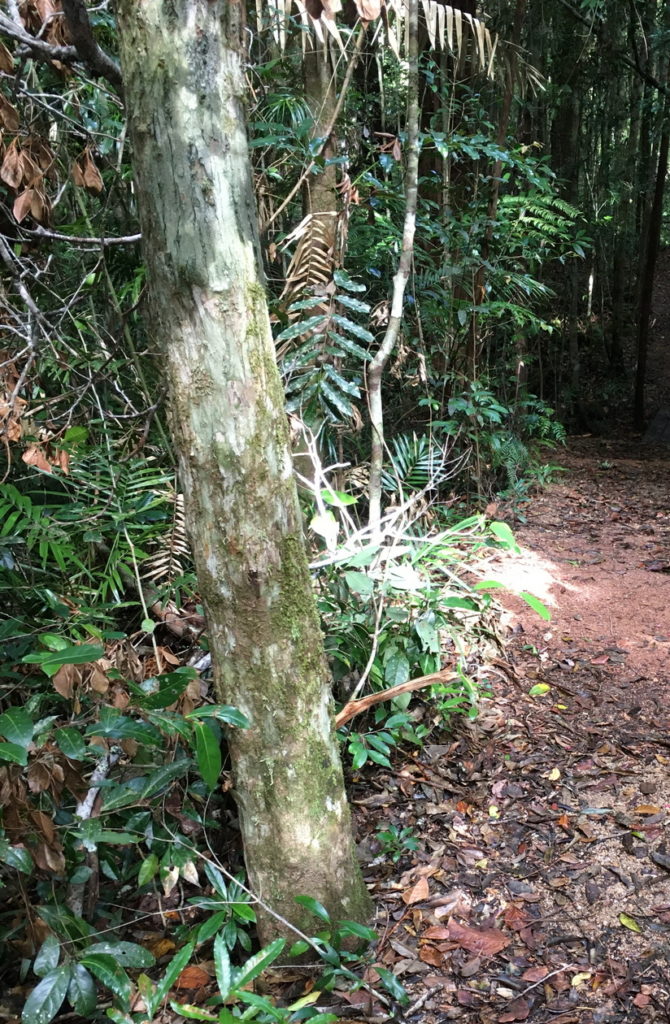
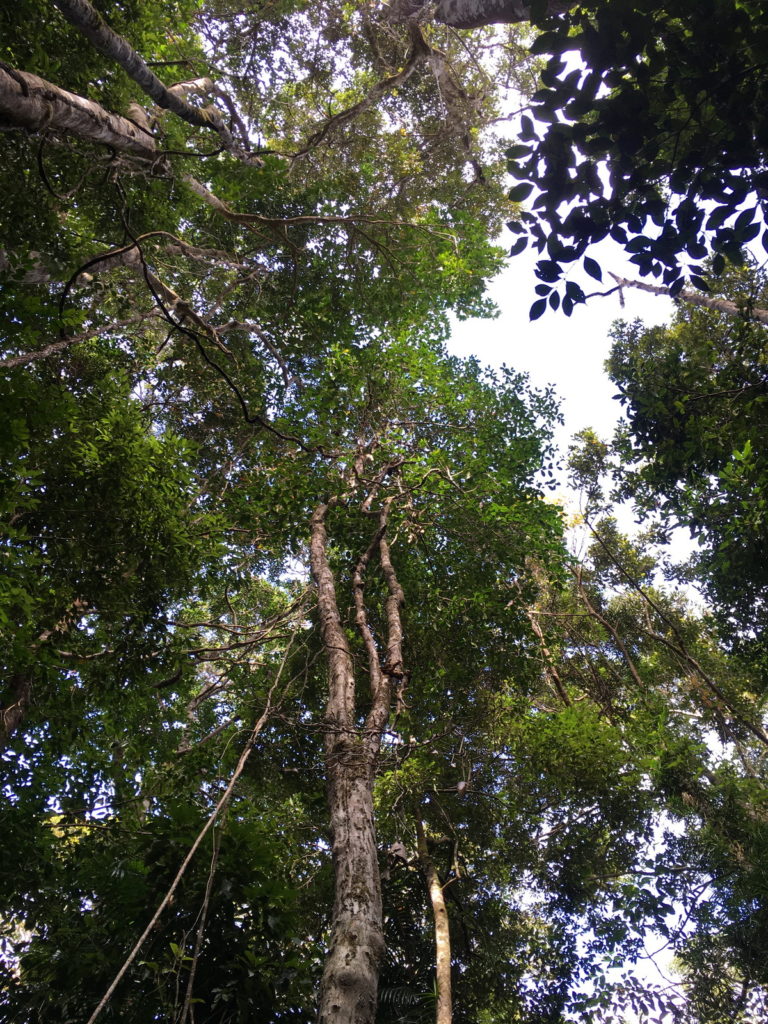

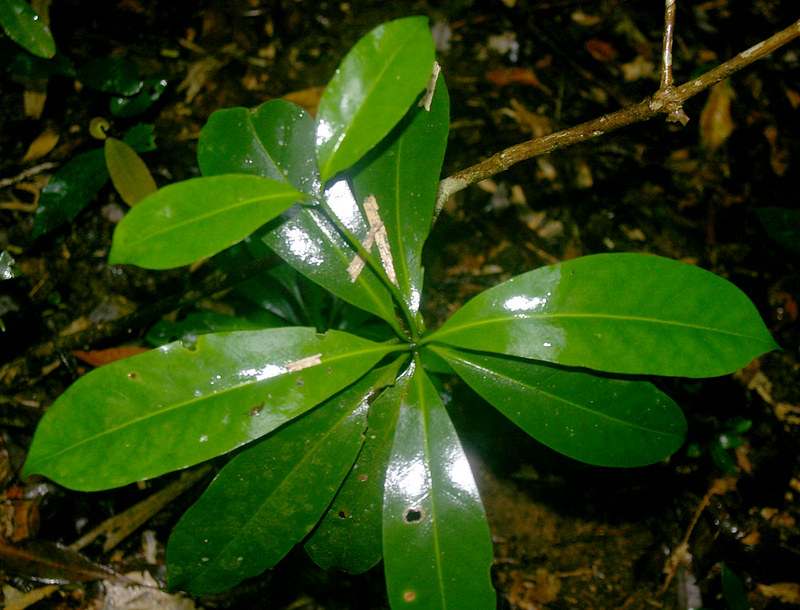
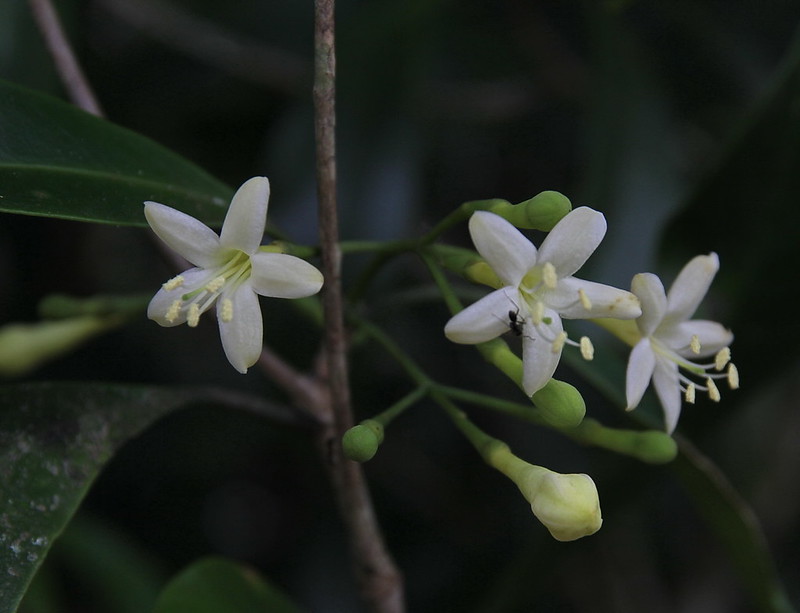
Interesting name, stunning fruit colour and scented flowers, should be a winner in suburban garden if they could induce a “dwarf” version. Thanks Jamie.